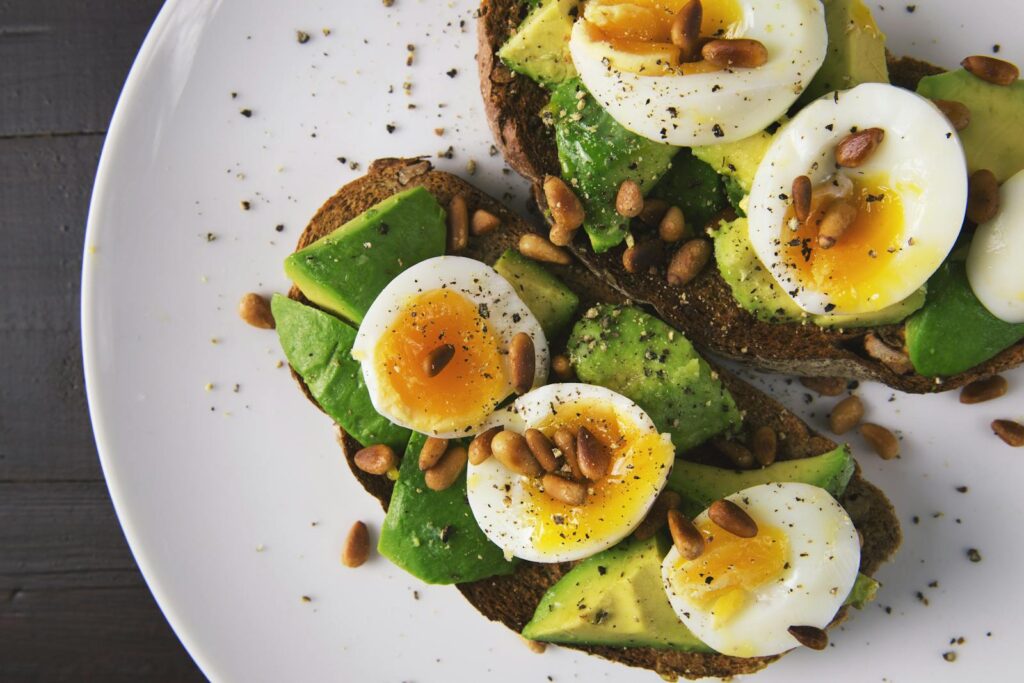Ever found yourself at a bustling bar, soaking in the good vibes, and confidently placing your drink order? You might think every cocktail is just another pour for a seasoned bartender, but what if we told you there are some drinks that make them secretly sigh, or even, dare we say, slightly dread your request? It’s true! Bartenders are masters of their craft, typically thrilled to whip up your favorite concoction, but even the most accommodating mixologists have a few orders that hit different.
Picture this: Eric Trueheart, founder of Black Yeti Beverage, once recounted seeing a bar menu that boldly declared, “Well drinks $5, complicated drinks $8, stupid drinks $10. Bartender gets to decide what is stupid.” While that might sound a little harsh, it perfectly captures the unspoken reality behind the bar. There’s a whole world of effort, equipment, and even emotional labor that goes into each drink, and some just require more than others, especially when the bar is slammed.
We’ve chatted with veteran bartenders and industry pros to get the inside scoop on which drinks consistently make their “dread list.” From cocktails that demand an arm workout just to shake, to those that require an entire orchestra of ingredients and special tools, these are the orders that can seriously slow down service and test even the most patient server. Get ready for an eye-opening journey behind the bar, as we reveal the first seven drinks that often cause a stir – and maybe inspire you to try something a little different next time!
1. **Mint Julep: The Loud, Labor-Intensive Classic** First up on our list is the seemingly simple, yet surprisingly demanding, Mint Julep. Mark Schettler, a bartender in New Orleans, Louisiana, doesn’t mince words, calling a whiskey mint julep a “stupid drink to order” in a cocktail bar. His reasoning is straightforward: “[It’s] mint, sugar, whiskey, and ice—you can do that at home.” While we appreciate the DIY spirit, it turns out there’s more to it than just the ingredients, especially from a bartender’s perspective.
One of the biggest headaches associated with the Mint Julep isn’t even about the mixing; it’s about the ice. Juleps traditionally call for crushed ice, and if a bar doesn’t have a dedicated crushed ice machine, things can get really noisy, really fast. Schettler explains that his small bar can’t fit a crushed ice machine, so they resort to an ice crusher—the kind used for making snowballs—which is “very loud.” Imagine that piercing mechanical grinding cutting through the ambient bar chatter!
And it gets worse. What happens when the ice crusher breaks down? Schettler grimly shares that they then “have to muddle ice by hand—loudly.” Yes, you read that right. Hand-muddling ice is not only physically taxing for the bartender but also creates a significant auditory disruption for everyone in the vicinity. It’s a true testament to the dedication required, but it’s easy to see why this classic, when ordered at the wrong time or in the wrong venue, can be a major source of frustration.
Beyond the ice, Mojitos also feature fresh mint, which, like Juleps, requires muddling. As one bartender from the BuzzFeed Community, genevieveh477793064, shared, “It’s annoying to make mojitos if there isn’t an ice crusher at the venue. Smashing ice with a muddler during the happy hour rush takes forever.” This shared element of mint muddling and ice crushing makes both drinks high-effort, particularly when a bartender is already swamped.
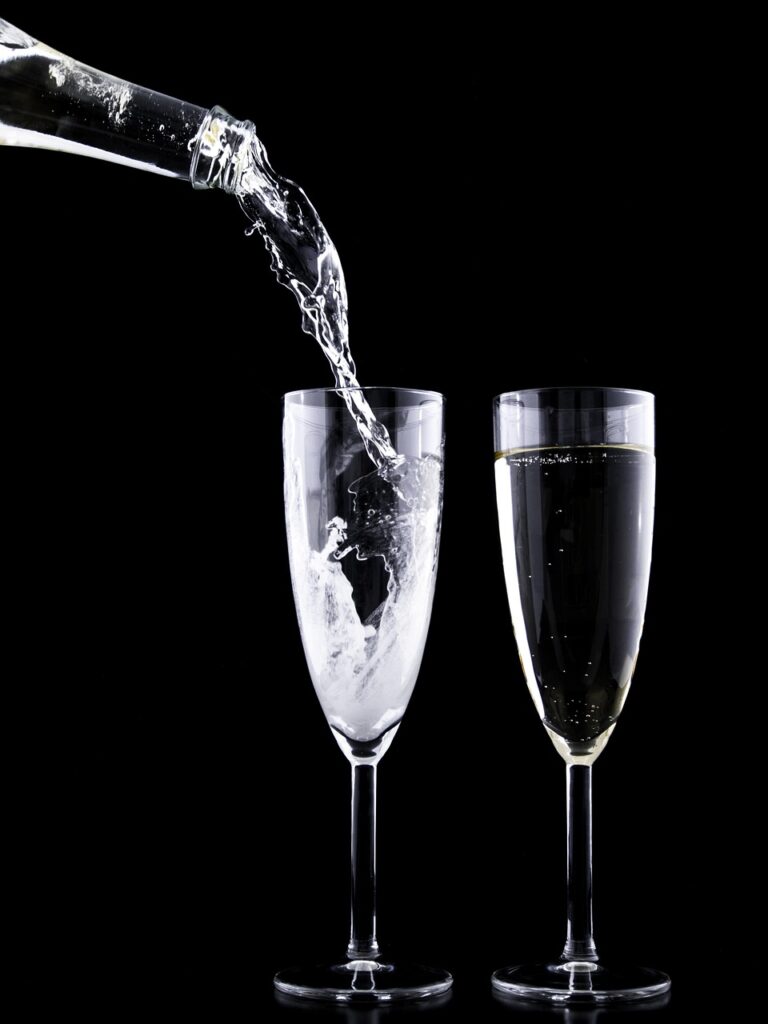
2. **Ramos Gin Fizz: The Marathon Shake** If there’s one cocktail that consistently earns the title of “most-loathed” by bartenders, it’s often the Ramos Gin Fizz. This isn’t just a drink; it’s an Olympic sport in a glass. It calls for an impressive lineup of ingredients—gin, lemon, lime, cream, egg white, orange blossom water, sugar, and soda—but the true challenge lies in its preparation. It’s a cocktail that demands not just time, but serious elbow grease.
Mixologist and bar personality Elissa Dunn, in a viral TikTok video, likened making a Ramos Gin Fizz to cooking a delicate soufflé. While she admitted she doesn’t “hate” making it, she certainly lets out a sigh at the thought. The reason? The shaking. Oh, the shaking! “You have to shake it for a really long time, you have to let it set, it usually takes, if you do not have a hand blender, somewhere around 12 minutes,” Dunn explains.
Think about that for a moment: 12 minutes for a single drink during a busy shift. That’s an eternity in bartending time, where efficiency is king. This extensive shaking is necessary to emulsify the egg white and cream, creating the drink’s signature frothy, cloud-like head. Without a hand blender, it’s a manual labor intensive process that pulls the bartender away from serving other customers, causing a bottleneck at the bar.
The dedication required to craft a perfect Ramos Gin Fizz is undeniable, but it’s precisely this level of commitment per drink that makes it such a rare sight on busy nights, and a dreaded order for those behind the bar. It’s a true craft cocktail, meant for a moment of calm and appreciation, not the chaotic rush of a Friday night. Bartenders truly appreciate when you consider the “context” when ordering such a complex drink.
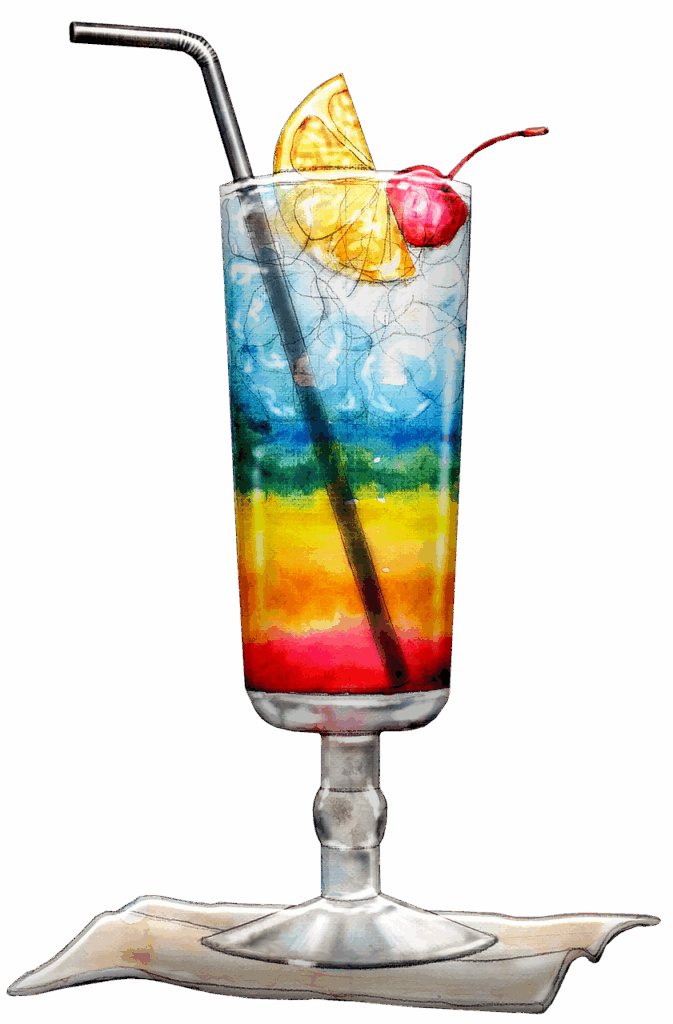
3. **Layered Cocktails and Shots: The Art of Precision (and Pain)** Ever admired those beautifully stratified drinks with distinct bands of color, like a Pousse Café or a B52? They might look stunning, but according to Paul Kushner, a mixologist, pub owner, and CEO of MyBartender, these layered concoctions “are a royal pain in the butt.” It’s not just about mixing; it’s about a delicate dance of densities, requiring immense precision and a steady hand.
Kushner elaborates on the painstaking process: “You not only have to pour each layer carefully to avoid breaking the surface tension, but you also need to remember the proper order of ingredients or it could turn into a muddy mess.” Imagine trying to perform this intricate task, often with a spoon to guide each pour, while a line of thirsty patrons waits impatiently. One wrong move, and hours of training are undone, resulting in a murky, unappetizing drink.
The frustration doesn’t stop with layered cocktails; it extends to layered shots as well. As turnjenny from the BuzzFeed Community articulated, “I can’t stand when people order trays and trays full of layered shots. They take forever to get right!” It’s one thing to craft a single, complex drink, but when an entire group decides to order a round of these delicate works of art, the time commitment explodes exponentially.
The logistical nightmare of layered drinks and shots is compounded by the sheer volume of orders. While a single layered drink might be an impressive feat, a constant stream of them can bring a bar to a grinding halt. This demand for meticulous, time-consuming effort makes these visually appealing drinks a secret source of dread for bartenders, especially when the orders come in droves.
4. **Mojitos: The Muddling and Crushing Conundrum** The Mojito, with its refreshing blend of mint, lime, rum, sugar, and soda, is a perennial favorite, especially during warmer months. However, for many bartenders, this seemingly innocuous drink is a source of quiet exasperation, particularly when the bar is slammed. The primary culprits? Muddling fresh mint and the relentless need for crushed ice, mirroring some of the issues found with the Mint Julep.
Unless you’ve personally muddled ingredients—that gentle crushing of fruit or herbs to release their flavors—you might not grasp just how annoying and time-consuming the process can be. Bartenders across the board cite muddling fresh mint leaves as a main reason for their disdain for Mojitos. It’s not a quick splash and stir; it’s a methodical, hand-intensive process that can feel like an eternity during peak hours.
Add to that the requirement for crushed ice, and you’ve got a double whammy. As genevieveh477793064 from the BuzzFeed Community highlighted, “It’s annoying to make mojitos if there isn’t an ice crusher at the venue. Smashing ice with a muddler during the happy hour rush takes forever.” Without specialized equipment, bartenders are often left to manually crush ice, which, as we learned with the Mint Julep, is both loud and incredibly slow.
Some might even say the struggle is real enough that bartenders, if truly strapped for time or patience, might even claim to have run out of fresh mint to avoid preparing the cocktail. While professional bartender Sean McGuire noted he’d never witnessed a bartender outright lie about mint availability, he “can believe” such an event has occurred, given “many bartenders … hate making” mojitos. It speaks volumes about the effort involved!

5. **Piña Coladas and Frozen Drinks: The Blender Barrier** Ah, the siren call of a frozen drink on a hot day! Whether it’s a frosty Piña Colada, a blended margarita, or a strawberry daiquiri, these icy concoctions promise a delightful escape. But for bartenders, especially when the bar is bustling, they represent a whole different kind of challenge, often involving the dreaded blender.
Atiberi from the BuzzFeed Community summed it up perfectly: “Those. Damn. Piña. Coladas. Honestly, most frozen drinks are annoying to make.” She concedes that “frozen drinks are incredible” when it’s hot, but emphasizes that “when the bar is overflowing with people, it’s definitely nice when customers take note and order something quick and easy.” The blender, while a marvel, becomes a major bottleneck.
The main issue with frozen drinks, as one Reddit bartender pointed out, is how “tedious and time consuming” they are to prepare. It’s not just the blending itself; it’s the constant need to meticulously clean the blender pitcher between each order to prevent flavor contamination and maintain hygiene. Imagine doing this repeatedly when you have a dozen other simple orders waiting.
Furthermore, the quality of ingredients plays a huge role. An expert from the American Bartenders School told The Independent that making a piña colada can be a “pain in the butt” due to the numerous steps. Unless a bar is known for having fresh coconut and pineapple on hand, you might be getting a subpar version. A Beverage and Science Technology graduate on Quora even suggested the only appropriate time to enjoy one is “on a beach… out of a coconut.” So, next time you’re about to order a frozen paradise, glance around the bar—if it’s packed, maybe opt for something simpler!

6. **Espresso Martinis: The Hot, Sticky, and Shaky Situation** The Espresso Martini has surged in popularity, offering a jolt of caffeine with a boozy kick. On paper, it sounds fantastic, but behind the bar, it often presents a unique set of challenges that make bartenders groan. The biggest hurdle? The essential ingredient itself: fresh espresso. How many bars, especially those not doubling as coffee shops, genuinely have a reliable, ready-made espresso supply?
Beyond the ingredient procurement, the actual preparation of an Espresso Martini is far from straightforward. Professional bartender Ella Downs revealed to Grub Street that “the heat of espresso… makes the shake more intense,” significantly increasing the likelihood that a shaker might burst open during preparation. Picture a sticky, boozy, coffee explosion all over the bar—not exactly ideal during a busy shift.
Compounding the issue is the way the cocktail interacts with ice. As another bartender commented on Reddit, “the cocktail sticks to the ice in a weird way,” making the final pour more challenging and time-consuming than it should be. This sticky residue can also make clean-up a longer process, contributing to the overall dread felt by bartenders when an espresso martini order comes in.
So, while the allure of an Espresso Martini is strong, consider the logistics. Unless you’re at a bar well-equipped for high-volume espresso production, your bartender might be doing a lot of extra work—and maybe even a little prayer—to get that perfectly frothed, non-explosive drink into your hands. It’s a prime example of a trendy drink that adds unexpected complexity to the bartending workflow.
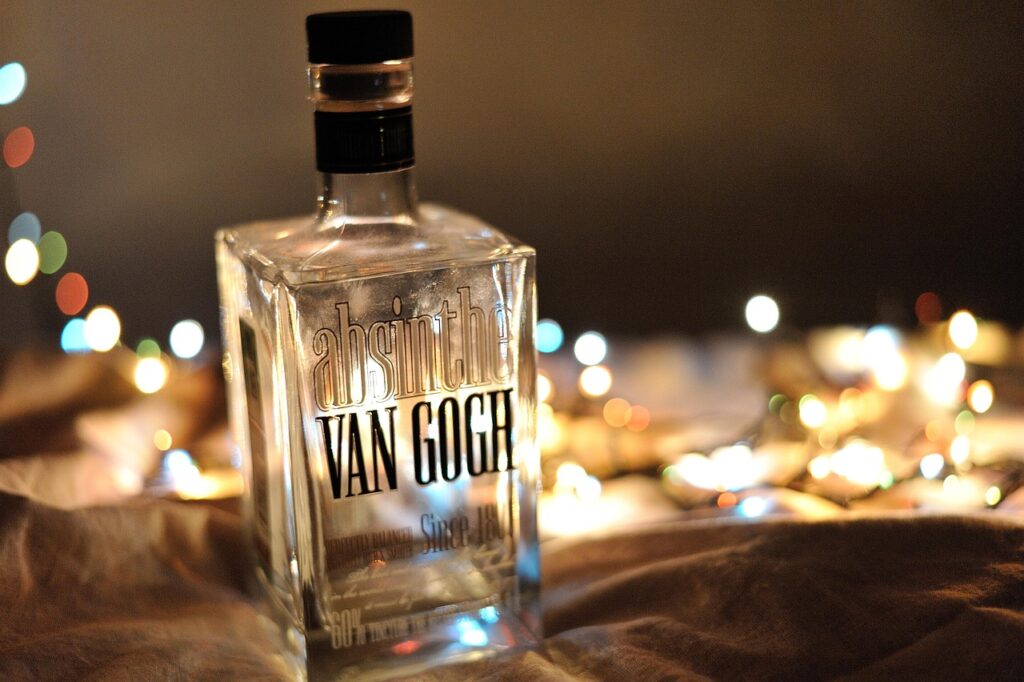
7. **Absinthe Frappe: The Unexpected Arm Workout** When you order a drink, you probably don’t think about the physical exertion involved in its creation. But for some cocktails, bartenders truly earn their tips through sweat and strain. The Absinthe Frappe is one such drink, as detailed by sssbuttersss from the BuzzFeed Community, who confessed, “At my bar we have an absinthe frappe, which requires shaking an egg white for at least a full minute.”
A minute might not sound like a long time, but try vigorously shaking a cocktail shaker, by hand, for 60 consecutive seconds, especially when you’ve been on your feet for hours. Sssbuttersss humorously adds, “No matter what, I always look like I’m in a bad Shake Weight commercial.” This vivid image paints a clear picture of the sheer physical demand this one drink places on a bartender.
Drinks requiring a sustained, vigorous shake, especially those with egg whites to achieve a particular foam or texture, are notorious for increasing a bartender’s workload. It’s not just about mixing ingredients; it’s about physically altering their state to create the desired consistency, and that takes muscle. This is similar to “Sours” mentioned by beckyhocking1202, where “Egg white gets EVERYWHERE.”
So, while the Absinthe Frappe might offer a unique and intriguing experience for the customer, it’s a silent, strenuous battle for the bartender. It’s a moment of pure, unadulterated arm workout in the midst of a demanding shift, making it a truly “dreaded” drink for its physical toll alone. Next time, appreciate the bicep power behind that perfectly foamed drink!
Now that we’ve pulled back the curtain on some of the most physically demanding and time-consuming orders, let’s dive a little deeper. Beyond sheer effort, some drinks test a bartender’s patience due to perceived taste, customer expectations, ingredient quality concerns, or simply how they fit — or don’t fit — the bar’s vibe. Get ready for seven more eye-opening insights into the drinks that make our beloved mixologists secretly sigh, and sometimes, even internally groan.
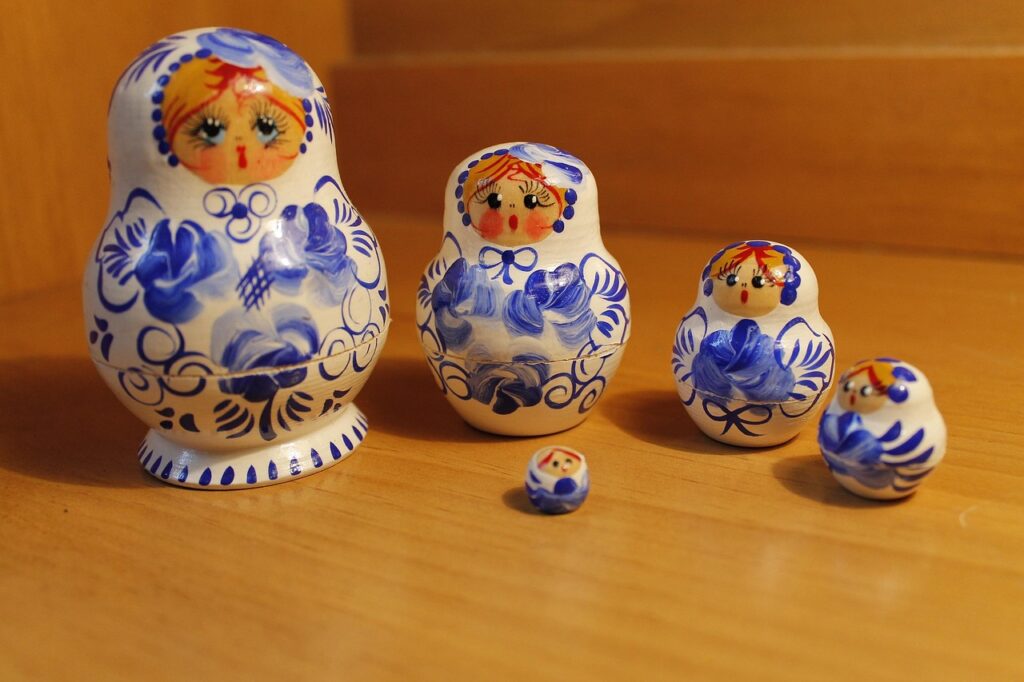
8. **White Russian: The Dairy Dilemma** The White Russian, a creamy concoction immortalized by pop culture, is a classic for a reason. However, its charm quickly fades after a certain hour, especially in a bustling venue. Katy Guest, an industry veteran from New York City, vividly recalled an instance at a nightclub where someone ordered a White Russian at 2 a.m. Her response? She simply told the customer “no.” Guest’s reasoning was simple and stark: “Who trusts dairy from a nightclub at 2 a.m.?” It’s a valid question that highlights a crucial, often overlooked, aspect of quality and safety.
Beyond the questionable freshness of dairy late at night, there’s a broader issue at play for many bars. Milk and cream aren’t known for their long shelf life, and the risk of ingesting spoiled dairy is a real concern for bartenders. This isn’t just about customer satisfaction; it’s about avoiding potential health issues. While a bartender will always make the drink if they have the ingredients, they might secretly wish you’d chosen something else to prevent any such risks.
Furthermore, the White Russian isn’t always a high-demand item, which creates a logistical headache for bar owners and staff. As one Reddit user pointed out, many bartenders may be irritated by the prospect of retaining “fresh milk (or) cream every week” when a White Russian is ordered so infrequently. For establishments with razor-thin profit margins, the sunk cost of rarely used ingredients can be a significant burden. So, if you’re not sure how frequently a bar is whipping up White Russians, perhaps opt for an alternative to do your bartender – and your immune system – a solid.
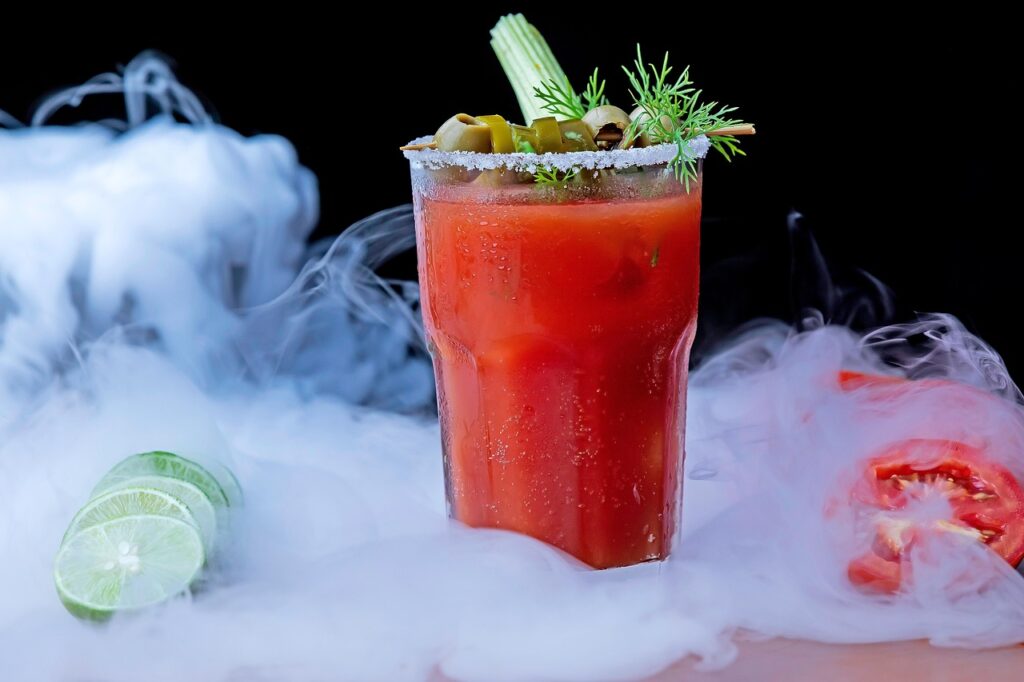
9. **Bloody Mary: The Brunch Burden (After Hours)** The Bloody Mary stands as the undisputed champion of brunch cocktails, a savory ritual for late-morning, early-afternoon drinkers. Its distinct blend of vodka, tomato juice, and an array of spices perfectly embodies the spirit of a leisurely weekend meal. Yet, its status as the quintessential brunch beverage is precisely why bartenders tend to abhor anyone who orders one outside of these designated hours. According to one Reddit thread, after a certain time, this beloved cocktail should be renamed the “bartender’s nightmare.”
The logistical challenges extend beyond just the timing. Crafting a Bloody Mary involves an extensive list of ingredients, including vodka, tomato juice, Worcestershire sauce, black pepper, celery salt, Tabasco, and lemon juice. Luke Slater, founder of The Cask Connoisseur, highlights another significant hurdle: the sheer number of different riffs on this cocktail today. Bartenders often struggle to guess what a customer may like in their drink, as preferences can range wildly from “cold tomato soup” with minimal other flavors to a fiery “vodka-flavored hot sauce.” This ambiguity in customer expectation adds layers of complexity to an already ingredient-heavy drink.
Prepping these numerous components and garnishes in advance is standard for brunch service. But once brunch is over, many bars don’t make another batch until the next morning. This means that a Bloody Mary ordered after 2 p.m. or during the evening rush transforms into a laborious, per-order assembly line, requiring a fresh setup for just one drink. While you’re always free to order one near midnight if you must, going with something else after 2 p.m. will likely make both you and your bartender happier.
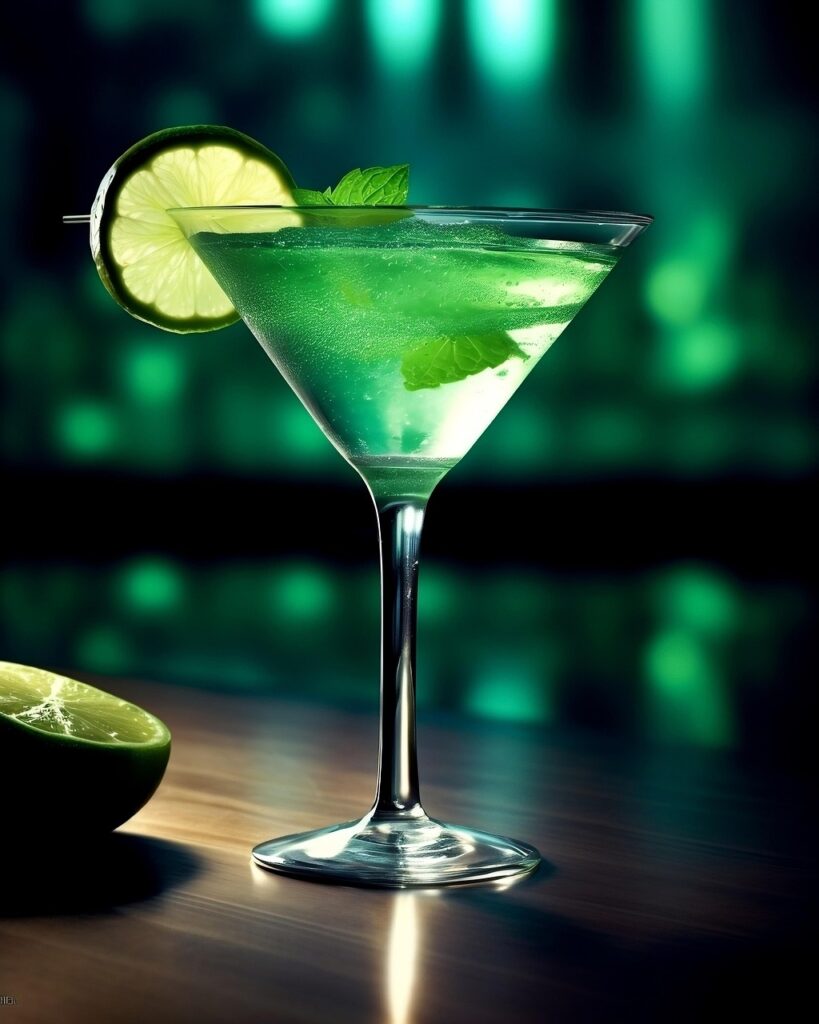
10. **Vodka Martini: The Saddest Sip** When you order a vodka martini, you might think you’re getting a sophisticated, classic drink. However, for many bartenders, this order is often met with an internal sigh, not because of its complexity, but because of its perceived value and presentation. Xania V. Woodman, a Utah-based bartender, minces no words, stating that a vodka martini is simply “a chilled 1.5-ounce serving of vodka that will cost you more than ordering a chilled 1.5 shot of vodka because of the word ‘martini.’” This highlights a clear disconnect between customer expectation and a bartender’s view of the drink’s actual substance and pricing.
The aesthetic factor also plays a significant role in a bartender’s disdain. Woodman laments the appearance of the drink, confessing, “There’s nothing I can do to make [a vodka martini] look better in the glass that it sadly halfway fills.” This visual emptiness in the elegant martini glass can be quite disheartening for a professional who prides themselves on presentation. To combat this, Woodman even resorts to a clever trick: “When someone asks for it with an olive, I give them three in an attempt to displace volume and make it look fuller.” It’s a poignant detail that underscores the frustration of trying to elevate an inherently sparse presentation.
Ultimately, the vodka martini becomes a symbol of the bartender’s struggle to meet a customer’s unspoken expectation of grandeur and volume, when in reality, it’s just a small pour of chilled vodka. It’s a moment where the “glamour” of the name clashes sharply with the stark reality of the drink itself, leading to it being labeled as the “saddest, most embarrassing thing” a bartender has to prepare.

11. **Vodka Soda: The Soul Crusher** For many bartenders, the vodka soda isn’t just a simple drink; it’s a profound statement that can leave them utterly deflated. Sam and Stacy Greene, co-founders of boutique bartending company Twist & Bitters, don’t hold back, confessing that “a little piece of our soul dies” every time a customer orders a vodka soda. It’s a strong sentiment that perfectly encapsulates the emotional toll this seemingly innocuous request takes on those who pride themselves on crafting exciting beverages.
The Greenes go on to explain precisely why this drink evokes such a reaction, labeling it “quite possibly the most boring, flavorless, and mundane cocktail a person can order.” They even offer a rather blunt, yet illustrative, comparison: “It’s the equivalent of someone asking a chef to serve them a piece of plain, un-toasted white bread for dinner.” This analogy brilliantly conveys the sense of missed opportunity and lack of culinary adventure associated with the vodka soda from a professional’s perspective. It’s not about the difficulty of making the drink, but its utter lack of creativity or flavor.
While the Greenes assure customers they won’t be judged for ordering a vodka soda if that’s truly what they’re in the mood for, their follow-up quip is telling: “We’ll just feel bad for you.” This perfectly summarizes the bartender’s internal struggle: a desire to serve what the customer wants, but a simultaneous sense of pity for the customer’s uninspired choice. It’s a drink that tests the very definition of a bartender’s craft, reminding them that sometimes, the simplest orders can be the most disheartening.
12. **Long Island Iced Teas: The Stealth Drink Legacy** Ah, the Long Island Iced Tea — a drink with a notorious reputation for its potency and deceptive taste. While it promises a swift and potent kick, for many bartenders, it’s a dreaded order due to its sheer labor-intensiveness and what it represents. Ryleyh4f81e4f3c from the BuzzFeed Community bluntly labels it a “garbage drink” simply because “you have to mix five different liquors” to create it. This extensive ingredient list — featuring five distinct alcohols and cola — makes it far from a quick pour, consuming valuable time during a busy shift.
Beyond the operational headache, there’s a deeper historical context that contributes to bartenders’ disdain for the Long Island Iced Tea. Professional bartender Aaron Clark reveals that the cocktail “was invented in Prohibition times to disguise the taste of alcohol.” This historical tidbit highlights that the drink wasn’t crafted for its complex flavor profile or inherent palatability, but purely for stealth and effect. This explains why many bartenders find it unpalatable, as it masks the nuanced flavors they strive to highlight in other cocktails.
Essentially, the Long Island Iced Tea is not a beverage meant for a fun, casual night out where one savors a well-crafted drink; it’s designed for rapid, discreet intoxication. This often clashes with the ethos of a craft-focused bar. So, while you might be aiming for an efficient buzz, consider that your order might be signaling a preference that actively works against the bartender’s artistry and their desire to serve genuinely enjoyable, well-balanced beverages.
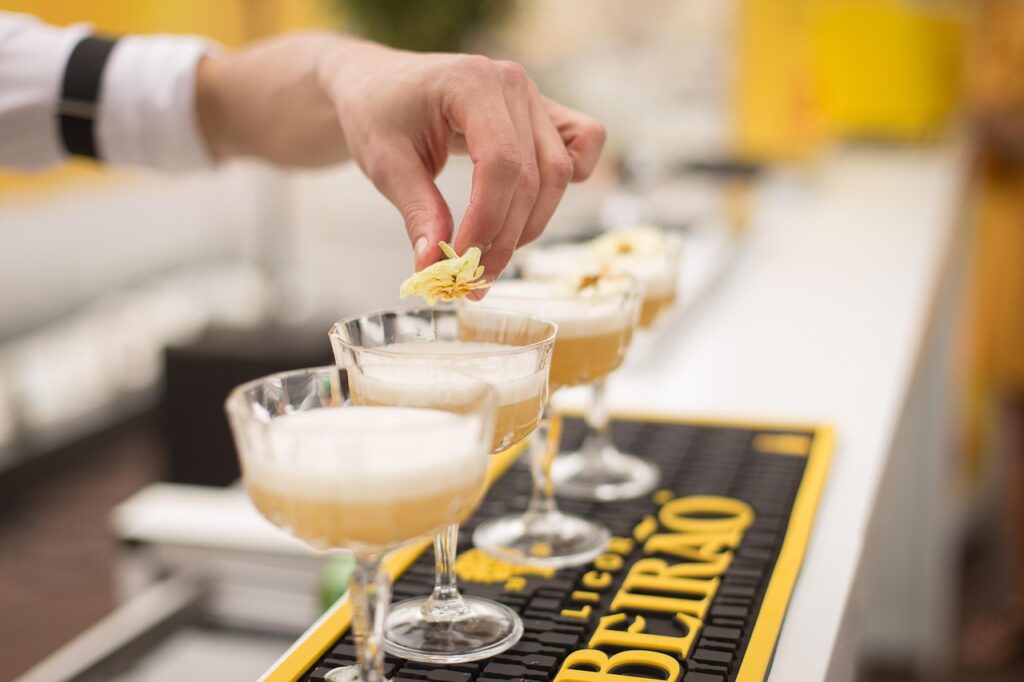
13. **Off-Menu Orders and Dealer’s Choice: The Ambiguity Gauntlet** Navigating off-menu requests can be tricky territory for both customers and bartenders. While ordering a classic cocktail not explicitly listed is generally fine, what seems like a simple, spontaneous request can quickly become overly complicated. Eric Trueheart, founder of Black Yeti Beverage, explains the frustration succinctly: “If the bar is busy, bartenders hate making anything with more than three ingredients that’s not on the menu.” Such requests disrupt the flow, demanding extra thought, ingredient sourcing, and preparation time that simply isn’t available during peak hours.
The “context” of the bar itself is also paramount. Paul Kushner, a mixologist and pub owner, notes his aversion to making basic cocktails when working at a craft cocktail bar. He finds it “a bit of a bummer when we are asked to make a G&T” in an establishment known for signature creations or the mixologist’s creativity. As Kushner wisely states, “Context is truly key for cocktails!” Ordering a basic drink at a specialized bar can feel like a missed opportunity for the bartender to showcase their true skill, and a misstep in understanding the bar’s unique offerings.
This challenge extends to the popular “dealer’s choice” or “surprise me” orders. While some bartenders appreciate the creative freedom, there’s a fairly definitive lack of consensus when it comes to individual tastes. If there’s time to discuss specific preferences and the customer is willing to engage, a creative cocktail can be a joy to craft. However, as one professional bartender commented on Quora, whether someone is annoyed by such a request “depends on how busy” they are. A slammed bar simply cannot afford the mental bandwidth required for a bespoke, surprising beverage. Unless a bar’s menu specifically offers a “dealer’s choice,” it’s best to order a specific drink and allow the bartender to focus their expertise on efficiency and quality.
14. **Appletinis: The Embarrassing Sweet Spot** Some drinks simply carry an air of embarrassment, and the Appletini frequently tops that list for bartenders. It’s often perceived as a tooth-rottingly sweet, unnaturally-colored concoction that falls far short of what a true martini should be. Patrick Williams, beverage director for Punch Bowl Social, captures the general sentiment, noting that the biggest issue many bartenders have with the Appletini is that it’s “not a real martini.” This distinction is crucial, as the overwhelming apple flavor tends to mask the liquor rather than complementing it, a characteristic that goes against the very essence of a well-balanced martini.
Bartenders, who appreciate the art of mixology, typically prefer customers who order drinks where they can truly “taste the spirits,” as Williams emphasizes. The Appletini, with its saccharine profile, appeals more to a less-discerning palate, often associated with the “social drinker ‘who doesn’t get out much’.” This perception can lead bartenders to view the order as uninspired, or even a waste of good liquor. The “Sour Apple Pucker-like” sweetness makes it an easy-drinking option for the uninitiated, but far too saccharine to be considered worthwhile by those with a more evolved palate.
While a bartender will, of course, serve you this fruity, faux martini if you insist, knowing its reputation can help you make a more informed choice. If you’re keen to earn a bartender’s respect and demonstrate an appreciation for their craft, steering clear of the Appletini is generally a good idea. It’s a prime example of a drink that, despite its popularity, often fails to impress those behind the bar who dedicate themselves to the art of balanced, flavorful cocktails.
There you have it—a deeper dive into the unwritten rules and unspoken preferences of the people who craft our favorite beverages. From the logistical nightmares of dairy freshness and numerous ingredients to the perceived blandness or historical baggage of certain orders, it’s clear that a bartender’s day is far more complex than just shaking and stirring. Next time you step up to the bar, armed with this insider knowledge, you’re not just ordering a drink; you’re making a choice that can either streamline service, spark a moment of genuine appreciation, or, well, cause a secret sigh. Let’s make it the former, shall we? Your bartender (and their biceps) will thank you!

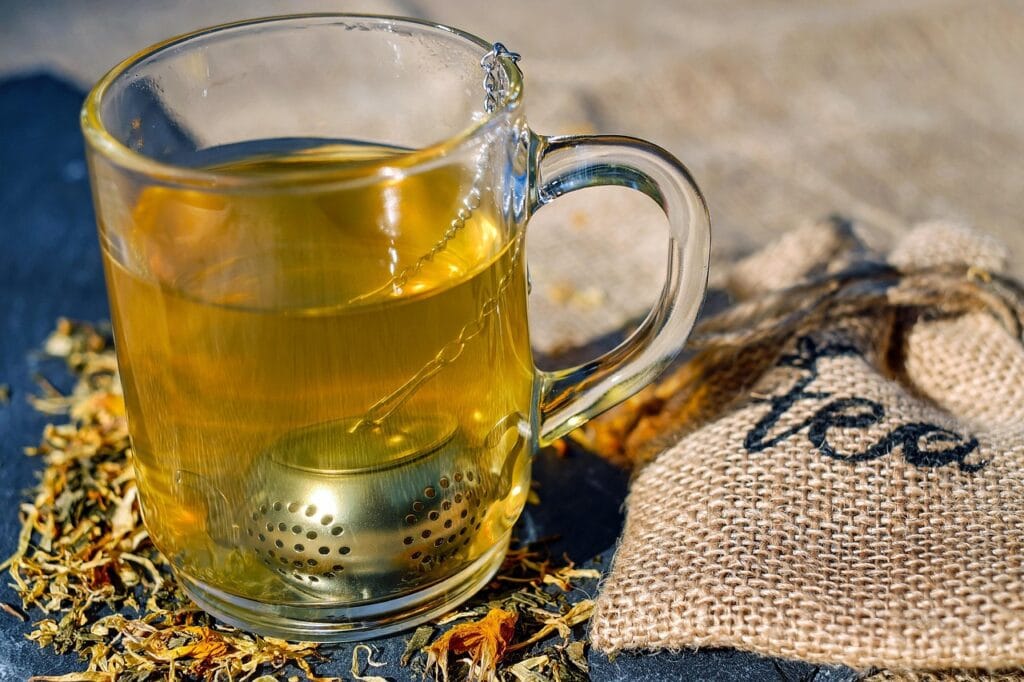
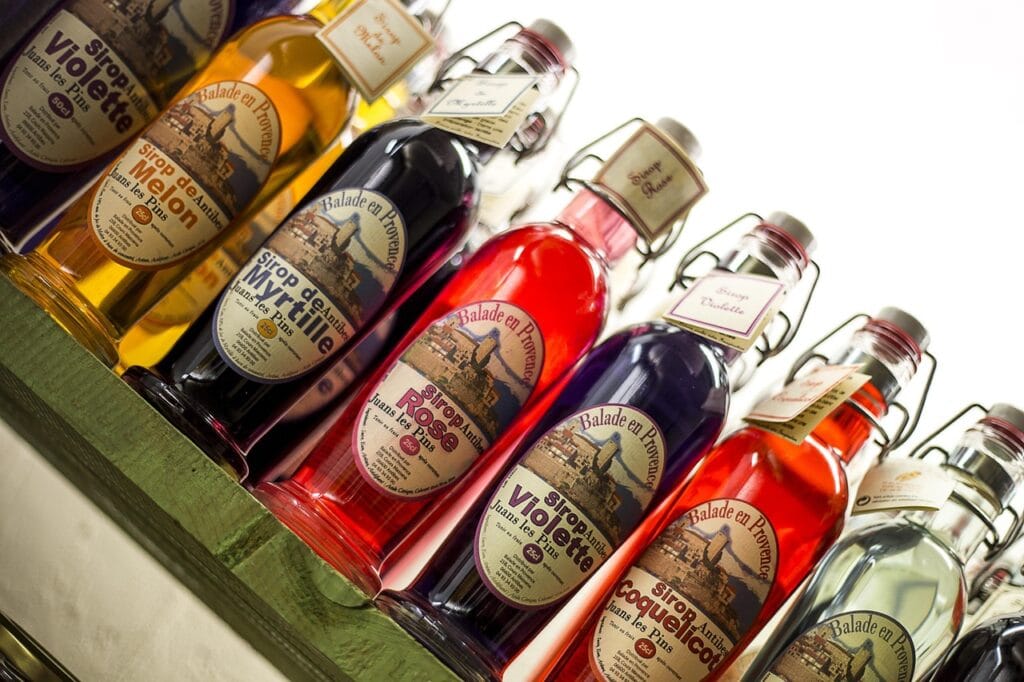
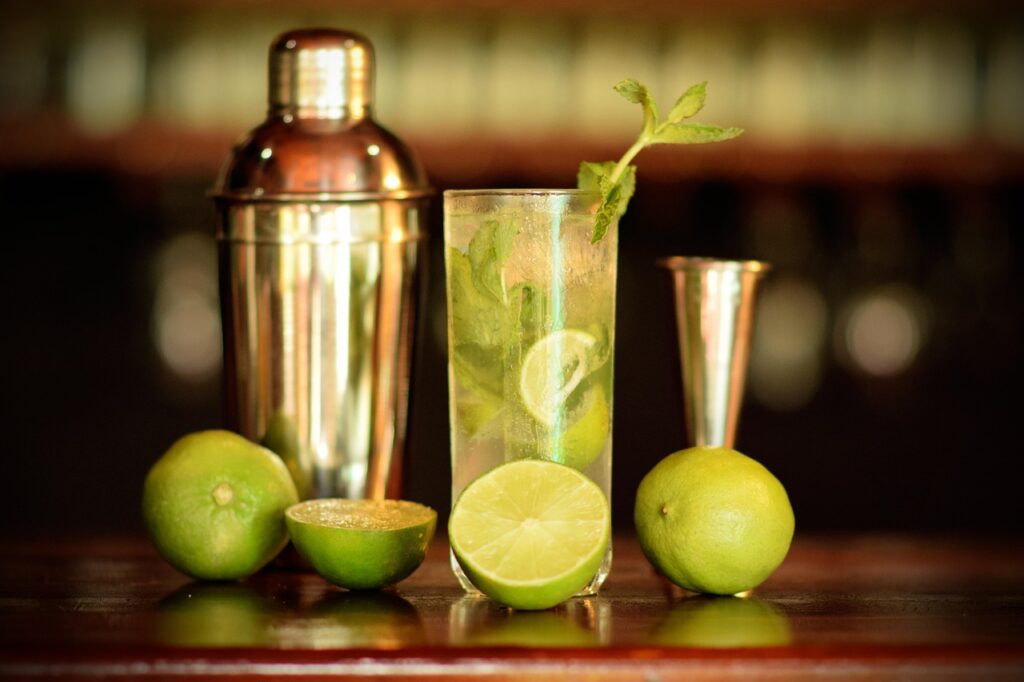
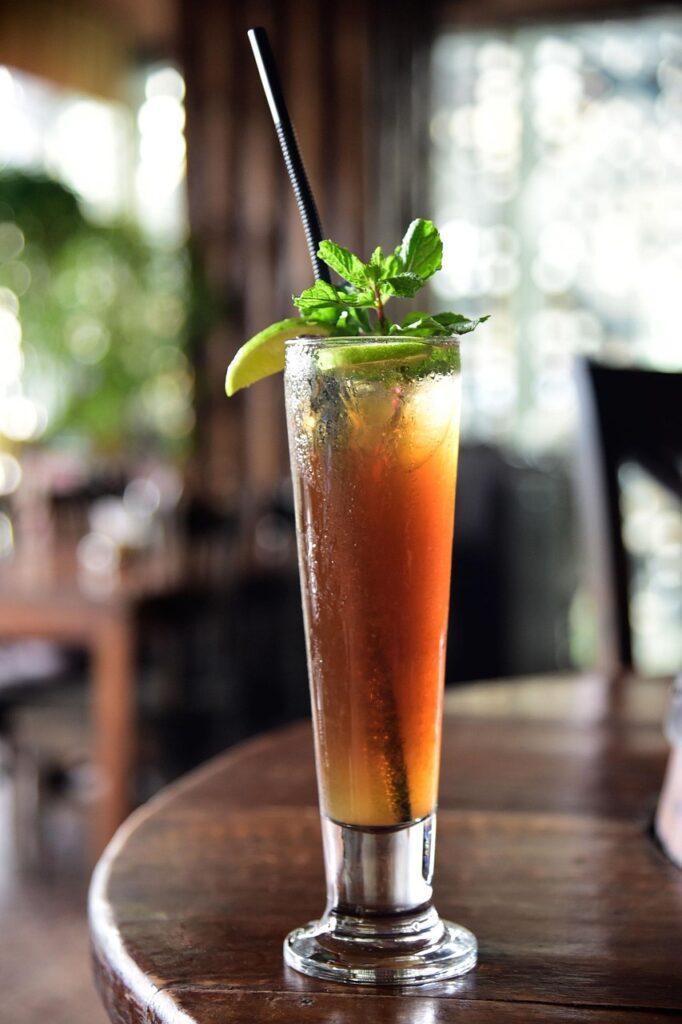
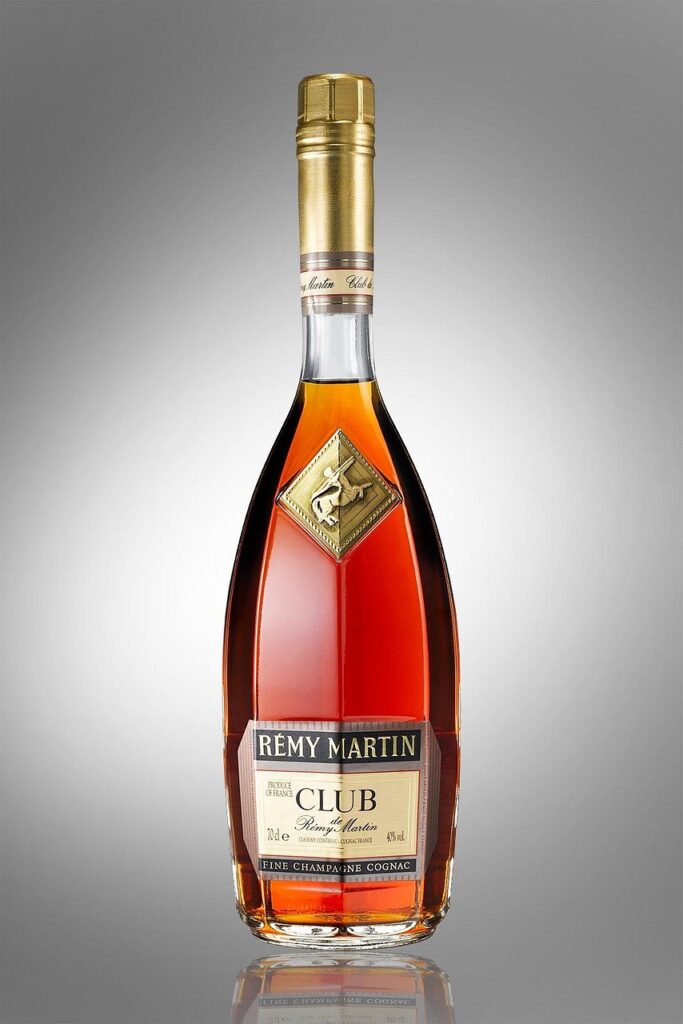

:max_bytes(150000):strip_icc()/16160-juicy-grilled-chicken-breasts-ddmfs-5594-hero-3x4-902673c819994c0191442304b40104af.jpg)
